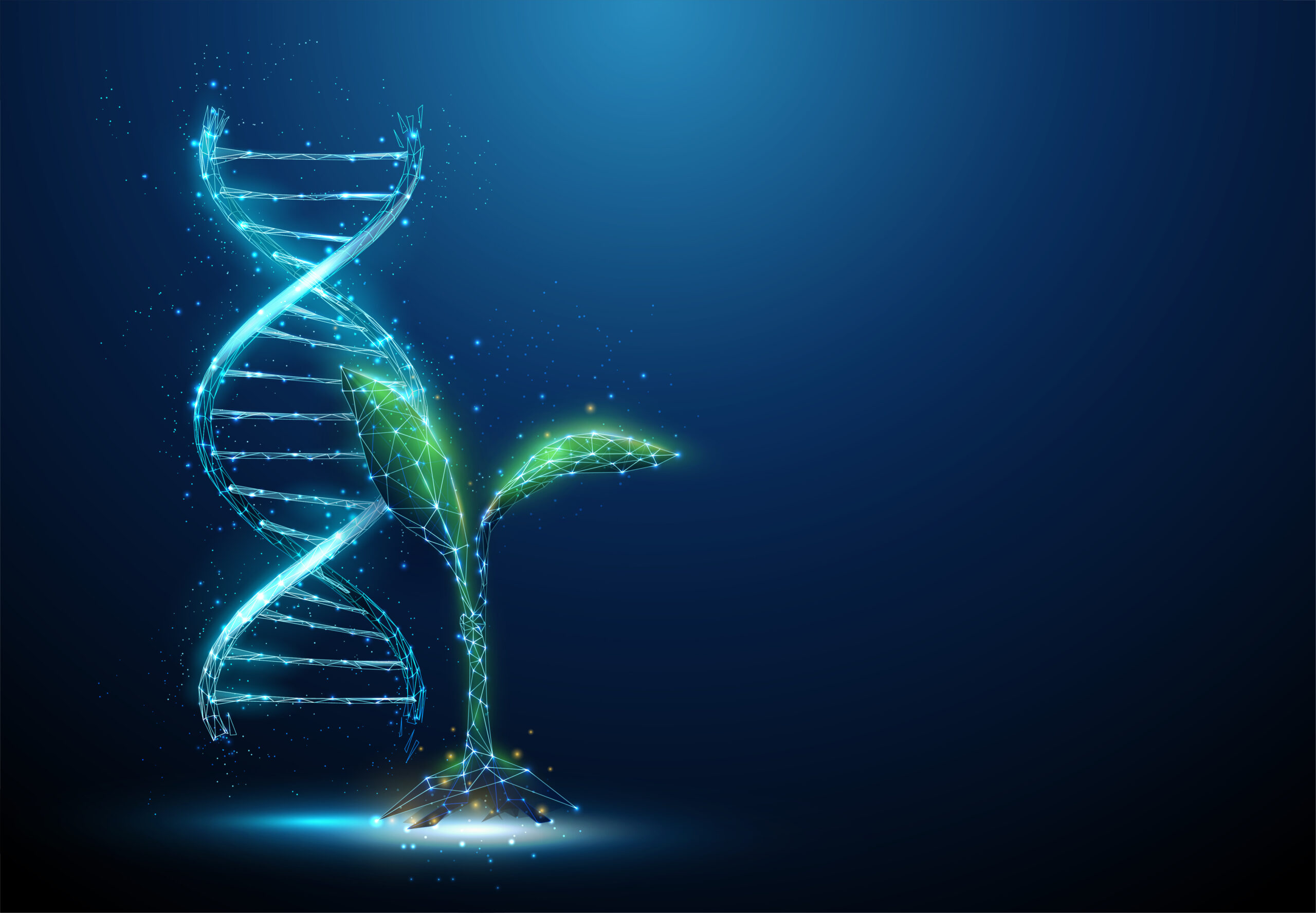AI and Data Mining for Smart Manufacturing – Dr Timothy Young, The University of Tennessee
Original Article Reference
This SciPod is a summary of the paper ‘AI and Data Mining for Smart Manufacturing’ https://doi.org/10.1007/s10531-018-1614-y
Share Episode
About this episode
Big data is now central to the operation of many online companies, but until now, the wealth of information it provides has remained largely untapped by manufacturers. Dr Tim Young at the University of Tennessee believes that through data science, this information could be used to significantly streamline the operations of many manufacturing industries. His work provides the widely varied parties involved in these processes with important new insights into how they should handle their data, ultimately helping them to improve the efficiency of their operations.
This work is licensed under a Creative Commons Attribution 4.0 International License. 
What does this mean?
Share: You can copy and redistribute the material in any medium or format
Adapt: You can change, and build upon the material for any purpose, even commercially.
Credit: You must give appropriate credit, provide a link to the license, and indicate if changes were made.
Related episodes
Dr. Jon Reinders | A genetic breakthrough for farming: editing corn inside the plant, not the lab
Corn is a cornerstone of modern agricultural food production, particularly in North America. Humans have selectively bred such crops over generations to create better yields, improved appearance and flavor and enhanced disease resistance. However, what if we could skip these arduous rounds of selective breeding and improve a crop’s stability and reliability regardless? Deep within the genetic blueprint of every maize kernel, scientists are aiming to achieve just this. In a recent groundbreaking study, Dr. Jon Reinders of Corteva Agriscience and his colleagues have unveiled a powerful new way to create genetically improved corn, not in a lab dish, but inside the plant itself. This new method is faster, cleaner, safer, and could transform how we grow our most essential crops.
Associate Professor Nina Tahmasebi | A new approach for detecting changes in word meaning over time
Words change their meanings over time, but tracking these changes has traditionally required painstaking manual analysis by linguists. In recent years, researchers have been using computational models to automatically detect when semantic change happens, and how much of a change has occurred. Recent research led by Associate Professor Nina Tahmasebi and her colleagues in the Change is Key! program introduces innovative computational methods for detecting qualitative features of semantic change, opening new possibilities for understanding language evolution at scale.
Do Security and Regulation Failures Put Women’s Health Data, Their Privacy and Even Their Safety at Risk?
Recent research from Professor Maryam Mehrnezhad at the Information Security Department, Royal Holloway University of London and a team of researchers reveals widespread privacy, security and regulatory failings in female-oriented health technologies (also known as FemTech). The researchers’ comprehensive analysis demonstrates how current practices leave sensitive health information vulnerable, while highlighting an urgent need for reform across technical, legal and social dimensions of digital healthcare.
Dr. Luc Raijmakers | Comparing Simplified Physics-Based Models for Lithium-Ion Batteries
In order to operate safely and efficiently, lithium-ion batteries rely on battery management systems to monitor their state and to control their operation. An essential part of this process is modelling battery behaviour under different conditions to predict performance and prevent failures. To do this efficiently, it is crucial to simplify the underlying physical processes, while sacrificing as little accuracy as possible. Through their research, Dr. Luc Raijmakers and colleagues at the Jülich Research Centre, Germany, compare various different approaches to simplifying simulations. Their results could make it easier for battery operators to decide which approach is best suited to their requirements for accuracy and computational efficiency.
Increase the impact of your research
• Good science communication helps people make informed decisions and motivates them to take appropriate and affirmative action.
• Good science communication encourages everyday people to be scientifically literate so that they can analyse the integrity and legitimacy of information.
• Good science communication encourages people into STEM-related fields of study and employment.
• Good public science communication fosters a community around research that includes both members of the public, policymakers and scientists.
• In a recent survey, 75% of people suggested they would prefer to listen to an interesting story than read it.

Step 1 Upload your science paper
Step 2 SciPod script written
Step 3 Voice audio recorded
Step 4 SciPod published




